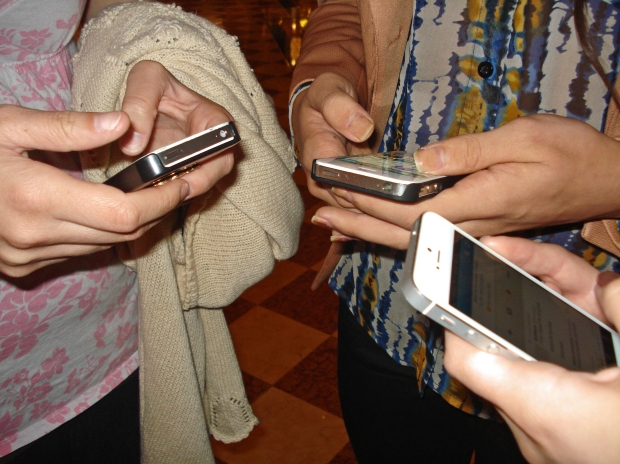Legal Translation of Foreign Language Instant Messages
We’ve blogged about the need for social media translation services to present conversations that originally took place in a foreign language to the jury. In many criminal and civil cases valuable evidence can be found in instant message conversations (such as via Skype, Google Chat, Yahoo messenger, Facebook, etc). If the evidence is there, should we assume that it’s just a matter of copying the transcript and pasting it into a Word document to enter it into the evidence? Unfortunately the process is not that easy, since the Federal Rules of Evidence require, among other things, authentication.
Spoliation
A common argument against the admission of an instant message transcript into the evidence is that it is not the original. However, the courts have allowed the admission of a transcript consisting of a document that was cut and pasted into Word, since in many cases the original foreign language conversations had been deleted before trial. Thus, as an alternative, the courts have recognized that copying and pasting the chat conversations into a Word document is the ‘standard method’ to be used. Unless one can show bad faith (such as proof that the person making the transcript edited its content) then the spoliation doctrine will not apply.
Authentication
Transcripts of instant message conversations can be authenticated via the testimony of the curator (the person who made the transcript) that the transcript is an accurate copy of online conversations. According to the courts, such testimony is to authenticate the transcripts. Lanzon, __ F.3d __ (citing United States v. Siddiqui, 235 F.3d 1318, 1322 (11th Cir. 2000), cert. denied, 533 U.S. 940 (2001); United States v. Caldwell, 776 F.2d 989, 1002 (11th Cir. 1985); United States v. Puentes, 50 F.3d 1567, 1577 (11th Cir. 1995). “The inspector testified that he heard every conversation that was contained in the transcripts; that the conversations were then written in longhand; that the longhand transcription was then compared to the recorded conversation; and, finally, that the longhand transcript was then dictated to a secretary and the typewritten product compared to the longhand transcription.”
It should be noted that when the online conversation is in a foreign language an additional layer of authentication will apply. First, the process of preserving the conversation should remain the same. In other words, the online conversation should be copied and pasted into a Word document in the original foreign language. This transcript should be admitted as evidence. Then a foreign language translation of the transcript should be provided. The English translation of the foreign language transcript can then be authenticated via the testimony of the legal translator who made this translation.
Best Evidence
An alternate argument for entering a transcript of an instant message conversation is based on the best evidence rule. This only applies when the original conversation was destroyed or is no longer available. In such cases, according to Rule 1004, transcripts can be admitted so long as it can be shown that the originals were not destroyed in bad faith. The best evidence rule requires the proponent to produce the original to prove the contents of a writing, recording, or photograph. An original is not required if it is lost or destroyed, except when lost or destroyed through bad faith, or if it is otherwise unobtainable. FRE 1004(1)-(2). A duplicate is admissible to the same extent as an original, “unless (1) a genuine question is raised as to the authenticity of the original, or (2) in the circumstances it would be unfair to admit the duplicate in lieu of the original.” FRE 1003. A “duplicate” includes a “counterpart produced by the same impression as the original … or by mechanical or electronic re-recording … or by other equivalent techniques which accurately reproduces the original.” FRE 1001(4).
